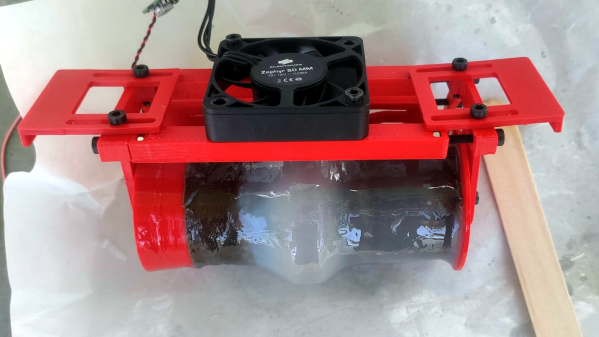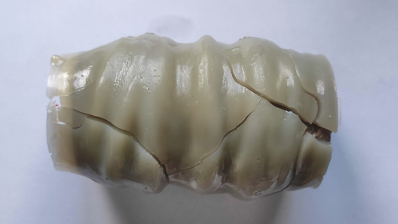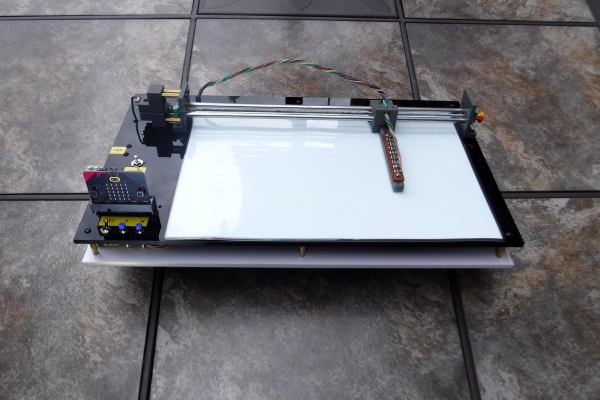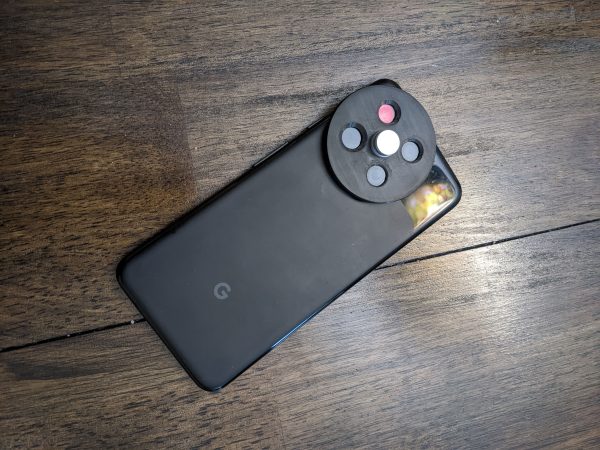If you want to shoot photographs of various fluorescent UV-related phenomena, it’s hard to do so when ambient light is crowding out your subject. For this work, you’ll want a dedicated UV photography box, and [NotLikeALeafOnTheWind] has a design that might just work for you.
The build is set up for both UVA and UVC photography. Due to the danger posed by the latter, and even the former in some cases, the builder recommends never using the box with a direct-view camera. If it must be done, the eyepiece should be covered to avoid any exposure to harmful light. The key rule? Never look directly into a UV source.
Light sources that can be used include UV LEDs, lamps, and tubes. The box is sealed to keep out external light. It then features a turntable that can be manipulated from outside the box, allowing samples inside to be rotated as necessary. Using a camera with a macro or wide-angled lens is recommended for the work.
The photographs taken inside the box are stunning. They remind us of childhood museum trips, where we marvelled at the magic of the fluorescent rock displays. We’ve featured some other great fluorescence projects before, too. If you’re cooking up your own great scientific builds in the lab, we’d love to see those too. Hit us up on the tipsline!




















